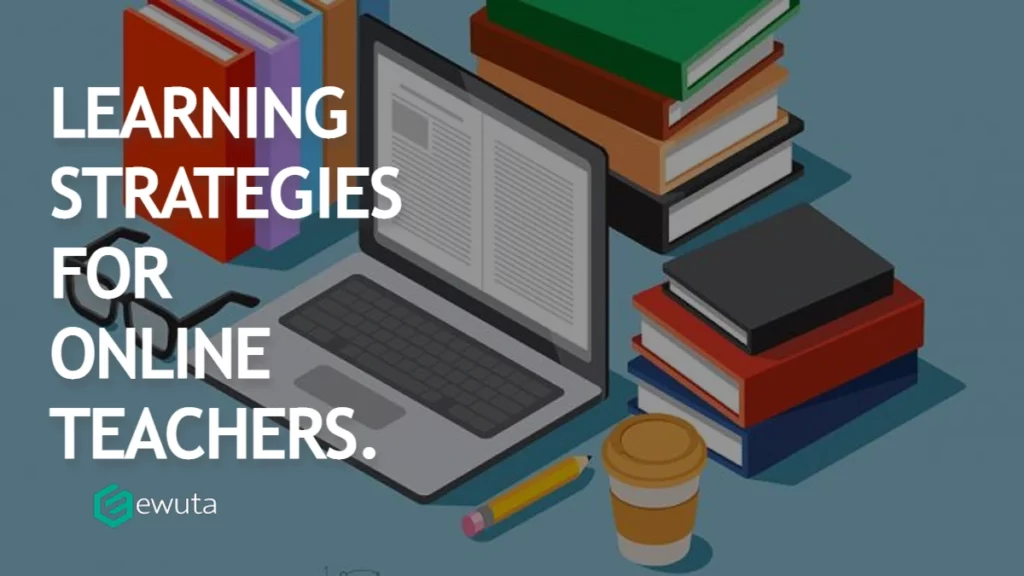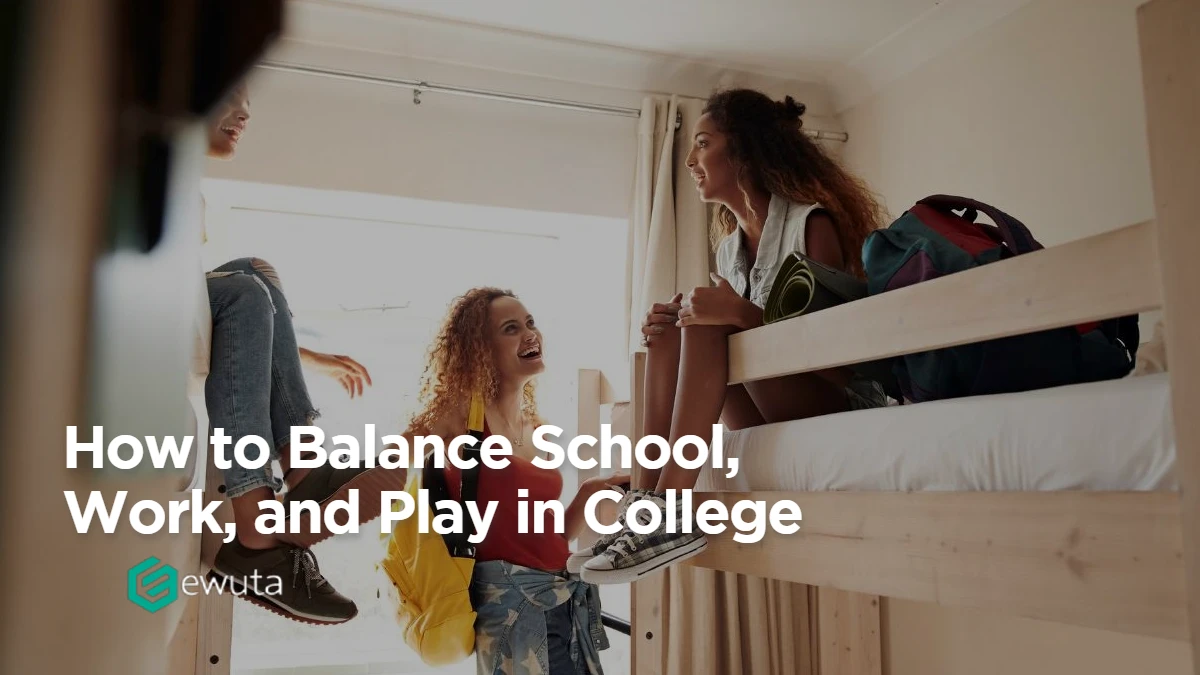Obviously, remote education is a real challenge. Especially when it is the only option, as it became when the COVID-19 pandemic spread around the world. Students with different skills and talents are being forced to study with their smartphones and laptops, which causes a lot of difficulties in the process.

Of course, there are some benefits as well, e.g. shy students have an opportunity to work in a friendly environment, and they feel better visiting Zoom lectures. Besides, up-to-date technologies like LMS development, modern devices, and applications take their studies to the next level.
Regardless of all distance learning pros and cons, the key is the collaborative learning that is supposed to be provided by teachers. That’s why we want to share the best strategies and help you to fulfill your goals. There are 7 tips that will make your work more efficient, and your students happier!
1. Get the most out of online learning tools
We understand that most learning management systems are pretty intimidating, especially if you have never worked with them before. The good news is that popular tools like Blackboard and Canvas are teacher-friendly and intuitive, and you also can use online tutorials to learn more about their features, to see how information is organized.
The point is that you should find the system that will work for you. For example, you can divide your courses into several modules, each targeting one topic and containing different types of materials. It would also be a good idea to open discussion forums, manage grades, organize synchronous sessions, etc. If you think about collaborative online learning in advance, it will be much easier for you to get all the issues covered.
2. Try the Jigsaw technique
The Jigsaw technique is one of the classical collaborative learning strategies that has been used for decades. When applying it correctly, you can help your students to boost interdependence, develop communication skills, and even reduce conflicts. So, what’s the point?
First of all, you need to assign each of the students to learn only a part of the new material. The student will then make a presentation to one’s peers and share this information with them. As a result, each student will try himself as a teacher and will be able to master new knowledge.
This strategy is great if you need to introduce students to a complex topic, such as different countries’ approaches to foreign policy. A group of 5-6 students will cover this topic from different angles. In the end, hold a final session where you and your students systematize knowledge and discuss the most controversial issues.
3. Develop your problem-solving technique
Do not build false expectations: you will always face problem situations. Perhaps with online learning, there will be even more misunderstandings and conflicts, because even in 2022, not all students and teachers have yet gotten used to the new regime.
Be prepared for the fact that students will come to you with their problems, and they will not always be relevant to your classes. You need to understand what advice you give them and where you advise them to turn. Make sure you have a list of contacts for the college’s IT department, library, international student service, book club, etc.
We would also recommend you to take some courses on group learning strategies and problem-solving since they can introduce you to teachers from other educational institutions in your country and around the world. You need to share your experience and learn from other people in order to develop new solutions and techniques.
4. Help your students share their thoughts with brainwriting
Class discussions have many advantages, but they also have their disadvantages. You may notice that sometimes the advantage is given only to the most confident students, who usually act loudly. If you limit yourself to them, there is a risk that the class will discuss the most obvious concepts, and many students will not feel fulfilled.
When you work online, you need to put in more effort and make sure that even the quietest students are involved. Brainstorming is one of the best collaborative strategies for teachers to help the class generate dozens of new ideas while ensuring everyone is heard.
In order to achieve complete equality, invite students to express their opinion in an anonymous form, for example through Google Surveys. After that, you will be able to discuss all decisions in class and you will be amazed at the confidence of students knowing that their opinion matters.
5. Make the expectations transparent
One of the main problems with online education is poor communication. That’s why you always need to check if students are aware of your expectations and if you are aware of what students expect from you.
Make sure you provide answers to questions like:
- What will you do if a student misses a deadline?
- How often should students participate in forum discussions?
- What tasks will students have to deal with?
- What is a good essay?
- Which tasks are required and which are optional?
- What are some ways to improve the score?
- What are the ways to submit a job?
Do not assume that students will have enough information from the curriculum, even if it is described in sufficient detail. You will have to talk about your expectations over and over in order to keep you on the same wavelength. Transparency is one of the best online collaborative learning examples since it leads to amazing results and reduces miscommunication.
6. Ask your students to provide feedback
We have already mentioned that students want to be heard. It’s great if you involve them in class and let them have their say. But if you want to go even further, you need to ask students for feedback. Moreover, you need to analyze these tips, draw conclusions, implement new collaborative learning techniques, etc.
Keep in mind that questions like “How do you rate the organization of the classroom?” sound too general and the answers won’t give you really important insights. But if you rephrase the question to “What would you change about the organization of the classroom?”, you will get more detailed opinions and ideas from each student.
Design questions for the survey and give students the opportunity to anonymously share their feedback. Then you can organize regular meetings and talk about the changes, as well as possible blockers that still do not make it possible to implement this or that idea.
7. Use multimedia
We are happy to live in 2022 because there are many collaborative learning platforms like YouTube, or PowerPoint that help you to include audio or video multimedia in your classes. Take advantage of digital solutions to break up written communications. Remember that different students prefer different strategies, and you need to keep them focused and interested.
Be brave enough to try new apps even if you’re not pretty experienced with them – your class will help you. At the same time, they will appreciate the progressive teacher who thinks out of the box and generates new ideas. Classical essays? Boring! Interactive presentations? Exactly what you need!
Wrapping things up: Have fun!
For both teachers and students, forced isolation due to COVID-19 is very scary. Even if you have organized the classroom as conveniently as possible, it is important to make sure that all participants in the process have fun. Make your lessons not only educational but also fun, experiment with content types and homework assignments.
If students enjoy working with you and see that you enjoy working with them, they become more involved and absorb new information better. It is important for you to see feedback and positive feedback because this is exactly what inspires you to cope with the challenges of teaching!



